By: Jackie Flynn, Stanford University
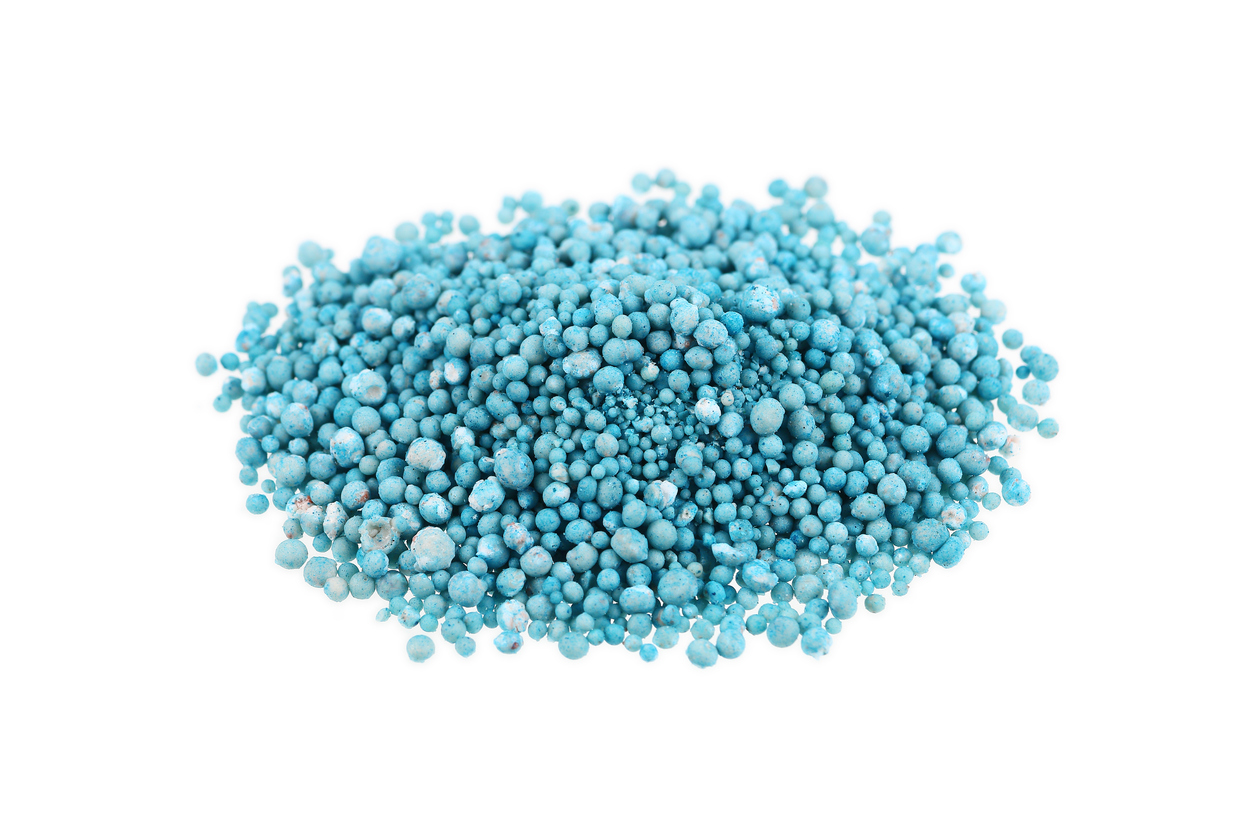 A battery made with urea, commonly found in fertilizers and mammal urine, could provide a low-cost way of storing energy produced through solar power or other forms of renewable energy for consumption during off hours.
A battery made with urea, commonly found in fertilizers and mammal urine, could provide a low-cost way of storing energy produced through solar power or other forms of renewable energy for consumption during off hours.
Developed by Stanford chemistry Professor Hongjie Dai and doctoral candidate Michael Angell, the battery is nonflammable and contains electrodes made from abundant aluminum and graphite. Its electrolyte’s main ingredient, urea, is already industrially produced by the ton for plant fertilizers.
“So essentially, what you have is a battery made with some of the cheapest and most abundant materials you can find on Earth. And it actually has good performance,” said Dai. “Who would have thought you could take graphite, aluminum, urea, and actually make a battery that can cycle for a pretty long time?”
In 2015, Dai’s lab was the first to make a rechargeable aluminum battery. This system charged in less than a minute and lasted thousands of charge-discharge cycles. The lab collaborated with Taiwan’s Industrial Technology Research Institute (ITRI) to power a motorbike with this older version, earning Dai’s group and ITRI a 2016 R&D 100 Award. However, that version of the battery had one major drawback: it involved an expensive electrolyte.
The newest version includes a urea-based electrolyte and is about 100 times cheaper than the 2015 model, with higher efficiency and a charging time of 45 minutes. It’s the first time urea has been used in a battery. According to Dai, the cost difference between the two batteries is “like night and day.” The team recently reported its work in the Proceedings of the National Academy of Sciences.


 The
The 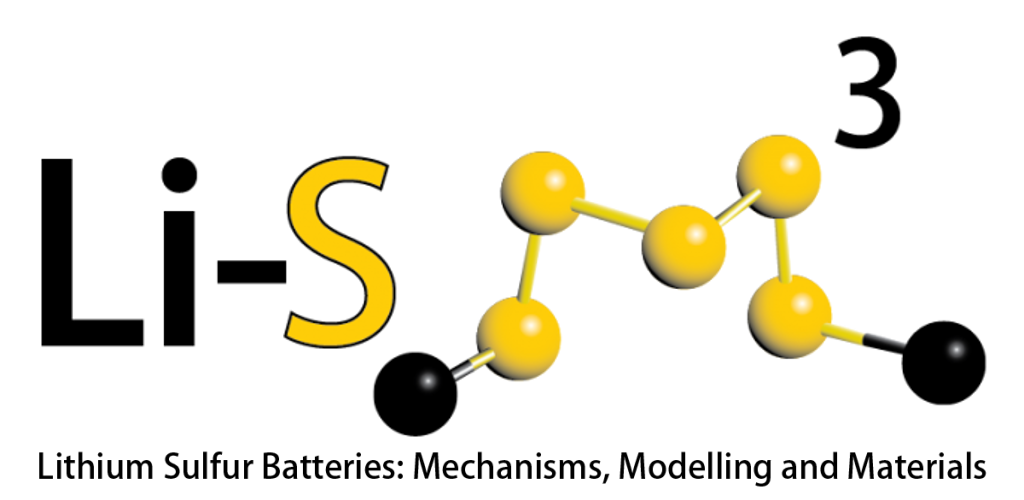
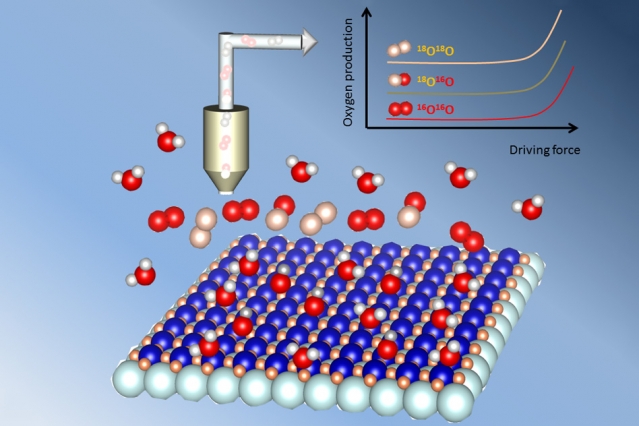
 Renewable energy is on the rise, but how we store that energy is still up for debate.
Renewable energy is on the rise, but how we store that energy is still up for debate.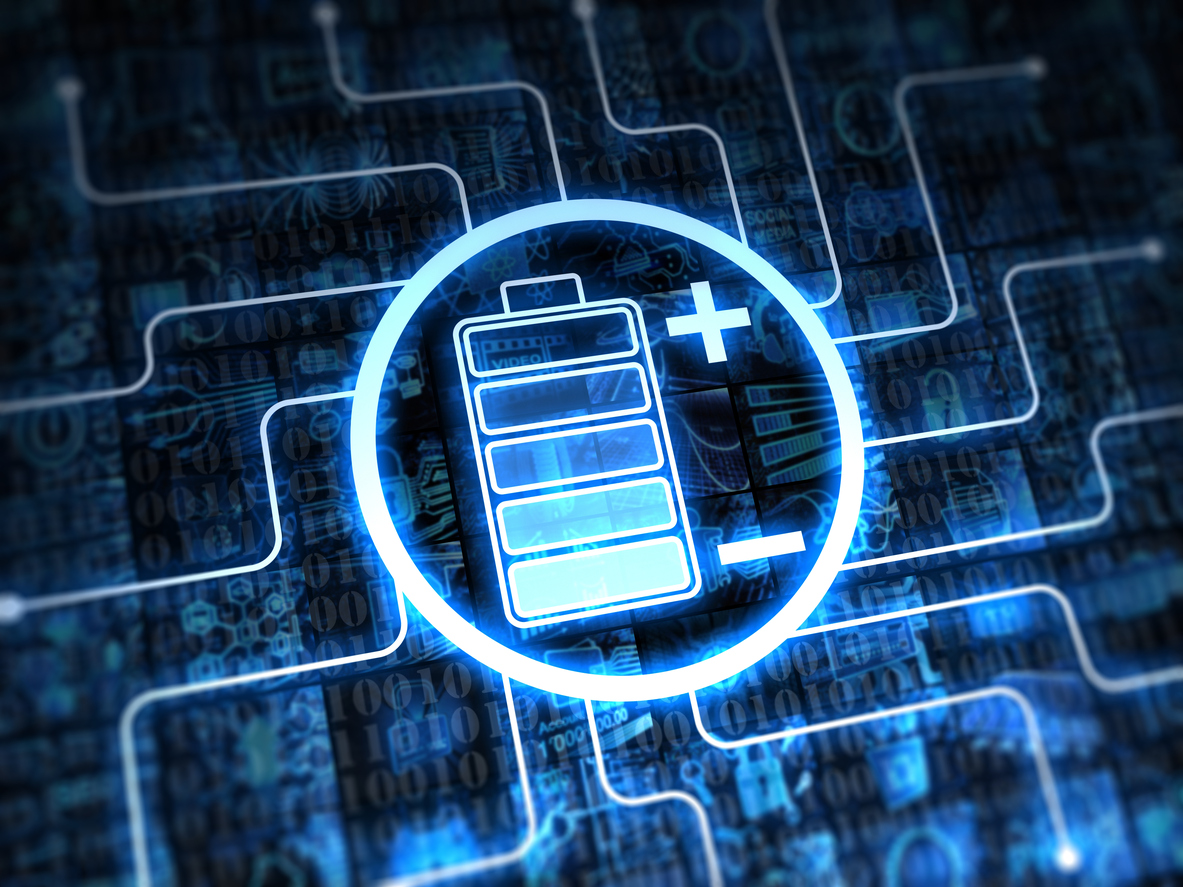 Lithium-ion batteries supply billions of portable devices with energy. While current Li-ion battery designs may be sufficient for applications such as smartphones and tablets, the rise of electric vehicles and power storage systems demands new battery technology with new electrode materials and electrolytes.
Lithium-ion batteries supply billions of portable devices with energy. While current Li-ion battery designs may be sufficient for applications such as smartphones and tablets, the rise of electric vehicles and power storage systems demands new battery technology with new electrode materials and electrolytes. A team of researchers at Case Western Reserve University is building a flow battery prototype to provide cleaner, cheaper power.
A team of researchers at Case Western Reserve University is building a flow battery prototype to provide cleaner, cheaper power. Global energy demands are predicted to reach 46 terawatts by 2100. That number is a far reach from the 18 terawatts of energy currently generated around the world. According to one expert in the field, a major shift in the way we produce and consume energy is necessary in order to meet future demands.
Global energy demands are predicted to reach 46 terawatts by 2100. That number is a far reach from the 18 terawatts of energy currently generated around the world. According to one expert in the field, a major shift in the way we produce and consume energy is necessary in order to meet future demands.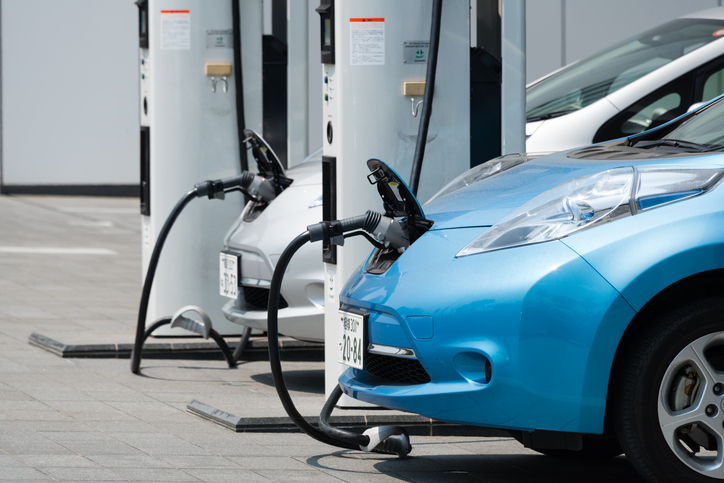 Just over ten years ago, the number of electric vehicles on the road could be counted in the hundreds. Now, more than
Just over ten years ago, the number of electric vehicles on the road could be counted in the hundreds. Now, more than